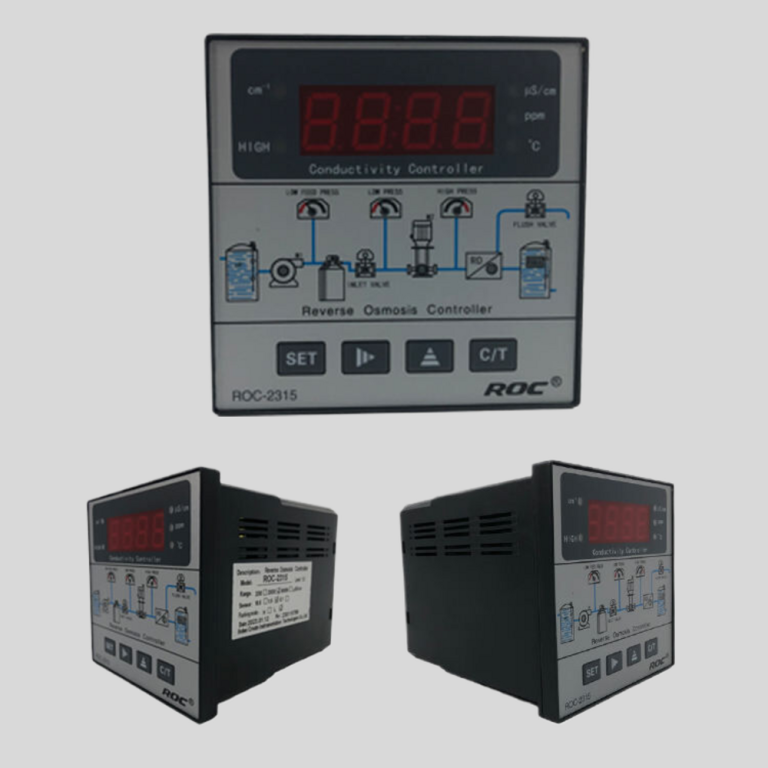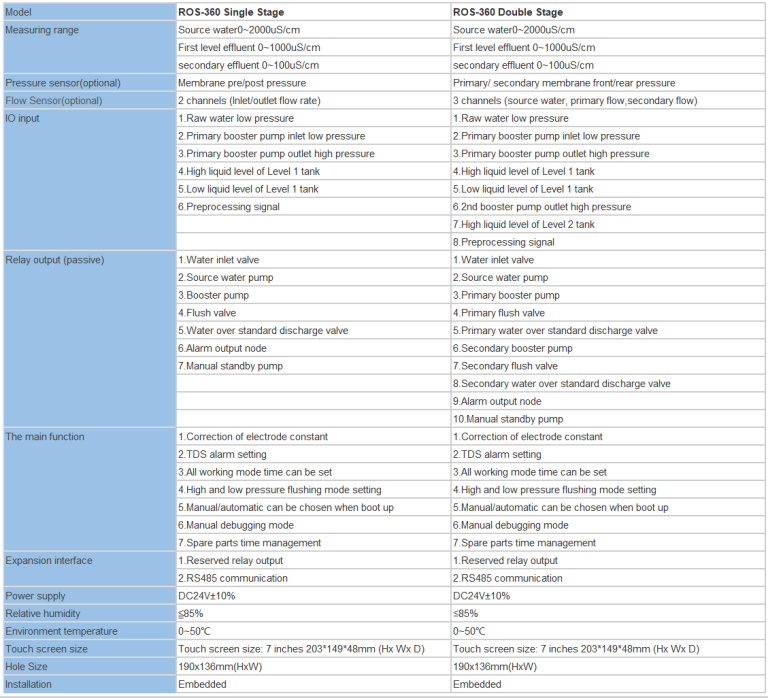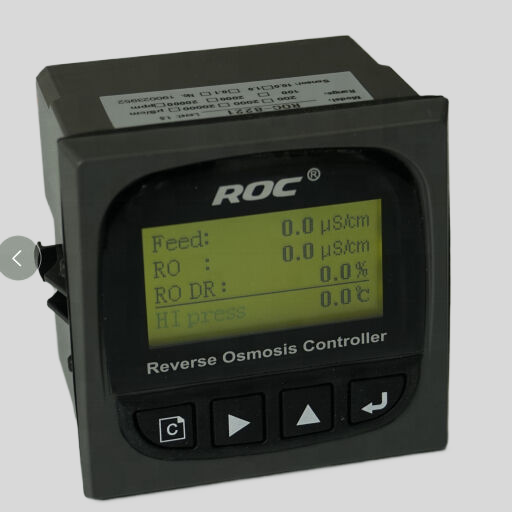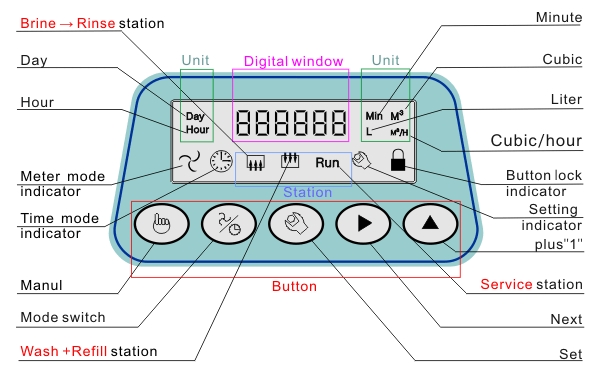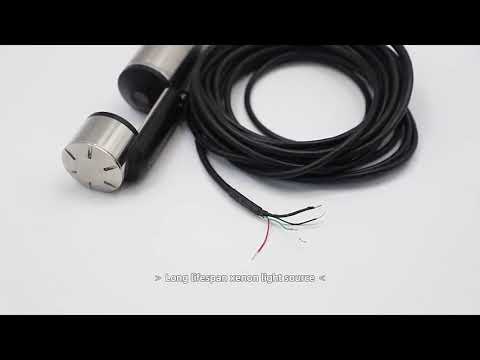“Choose the right conductivity standard for accurate measurements every time.”
Choosing the Right Conductivity Standard for Your Lab
When it comes to conducting experiments in a laboratory setting, accuracy and precision are of utmost importance. One key factor that can impact the results of your experiments is the conductivity standard that you use. Conductivity standards are solutions with known electrical conductance values that are used to calibrate conductivity meters and ensure accurate measurements. Choosing the right conductivity standard for your lab is crucial to obtaining reliable and reproducible results.
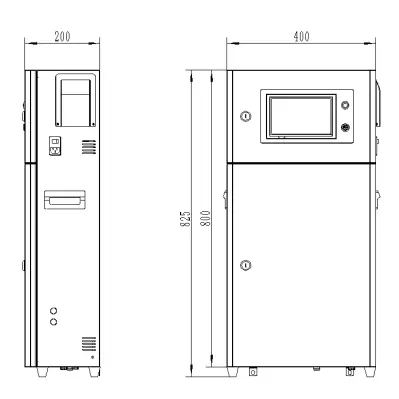
There are several factors to consider when selecting a conductivity standard for your lab. The first consideration is the type of samples that you will be testing. Different samples may require different conductivity standards to ensure accurate measurements. For example, if you are testing samples with a high conductivity, you may need a standard with a higher conductivity value to calibrate your meter effectively.
Another important factor to consider is the temperature at which your experiments will be conducted. Conductivity measurements are temperature-dependent, so it is essential to choose a conductivity standard that is appropriate for the temperature range in which you will be working. Some conductivity standards are designed to be used at specific temperatures, while others may be more versatile and can be used over a wider temperature range.
| Model No. | CIT-8800 Inductive Conductivity / Concentration Online Controller | |
| Measurement range | Conductivity | 0.00μS/cm ~ 2000mS/cm |
| Concentration | 1.NaOH,(0-15)% or(25-50)%; | |
| 2.HNO3(note the Corrosion resistance of the sensor)(0-25)% or(36-82)%; | ||
| 3.User-defined concentration curves. | ||
| TDS | 0.00ppm~1000ppt | |
| Temp. | (0.0 ~ 120.0)℃ | |
| Resolution | Conductivity | 0.01μS/cm |
| Concentration | 0.01% | |
| TDS | 0.01ppm | |
| Temp. | 0.1℃ | |
| Accuracy | Conductivity | 0μS/cm ~1000μS/cm ±10μS/cm |
| 1 mS/cm~500 mS/cm ±1.0% | ||
| 500mS/cm~2000 mS/cm ±1.0% | ||
| TDS | 1.5 level | |
| Temp. | ±0.5℃ | |
| Temp. compensation | element | Pt1000 |
| range | (0.0~120.0)℃ linear compensation | |
| (4~20)mA Current output | channels | Double channels |
| features | Isolated, adjustable, reversible, 4-20MA output, instruments/ transmitter mode. | |
| Loop resistance | 400Ω(Max),DC 24V | |
| Resolution | ±0.1mA | |
| Control contact | Channels | Triple channels |
| Contact | Photoelectric relay output | |
| Programmable | Programmable ( temperature 、conductivity/concentration/TDS、timing)output | |
| Features | Could set temperature、conductivity/concentration/TDS、 timing NO/NC/ PID selection | |
| Resistance load | 50mA(Max),AC/DC 30V(Max) | |
| Data communication | RS485,MODBUS protocol | |
| Power supply | DC 24V±4V | |
| Consumption | <5.5W | |
| Working environment | Temperature:(0~50)℃ Relative Humidity:≤85%RH(non- condensing ) | |
| Storage | Temperature:(-20~60)℃ Relative Humidity:≤85%RH(non- condensing) | |
| Protection level | IP65(with rear cover) | |
| Outline dimension | 96mm×96 mm×94mm (H×W×D) | |
| Hole dimension | 91mm×91mm(H×W) | |
| Installation | Panel mounted , fast installation | |
| Model | ROC-8221 Single Stage Double Channels ro controller | ||
| Conductivity Measurement Range | Raw Water | 10.0cm-1 | (0-20000)μs/cm |
| 1.0cm-1 | (0-2000)μS/cm | ||
| Product Water | 1.0cm-1 | (0-2000)μS/cm | |
| 0.1cm-1 | (0-200)μS/cm | ||
| Accuracy | 1.5 level | ||
| Working pressure of conduct cell | (0~0.5)MPa | ||
| Automatic temperature compensation | Temperature compensation range (0~50)℃ | ||
| Effective distance | ≤20m (standard 5 m ,or ordered ahead) | ||
| Displaying mode | LCD 128×64 backlight ,Display Settings menu and status message in English or Chinese can be selection | ||
It is also important to consider the accuracy and precision of the conductivity standard that you choose. The conductivity standard should have a known and well-defined conductance value that is traceable to a national or international standard. This will ensure that your measurements are accurate and reliable. Additionally, the conductivity standard should be stable and have a long shelf life to ensure consistent results over time.
When selecting a conductivity standard for your lab, it is essential to consider the compatibility of the standard with your conductivity meter. Some meters may require specific types of conductivity standards to calibrate properly, so be sure to check the manufacturer’s recommendations before making a selection. It is also important to consider the volume of the conductivity standard that you will need for your experiments. Some standards are available in larger volumes for high-throughput labs, while others may come in smaller volumes for more specialized applications.
In addition to these factors, cost is also an important consideration when choosing a conductivity standard for your lab. While it is important to invest in a high-quality standard to ensure accurate measurements, it is also important to consider your budget constraints. There are a variety of conductivity standards available at different price points, so be sure to choose one that meets your needs without breaking the bank.

In conclusion, choosing the right conductivity standard for your lab is essential to obtaining accurate and reliable results in your experiments. Consider factors such as the type of samples you will be testing, the temperature range of your experiments, the accuracy and precision of the standard, compatibility with your conductivity meter, volume requirements, and cost when making your selection. By carefully evaluating these factors, you can ensure that you have the appropriate conductivity standard for your lab’s needs and can conduct your experiments with confidence.

